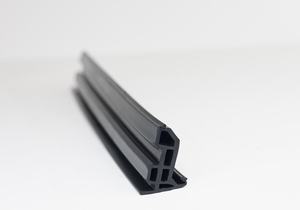




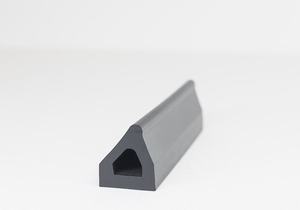
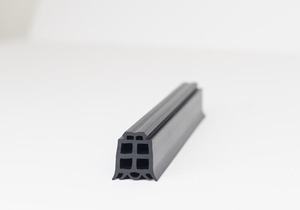
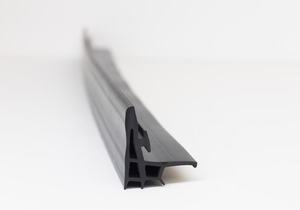
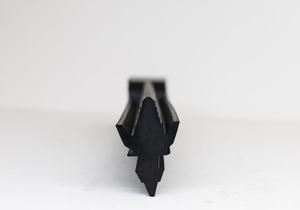
Aluminum rubber, also known as aluminum rubber composite, is a versatile material that combines the benefits of both aluminum and rubber. This composite material is engineered to leverage the strength, durability, and conductivity of aluminum along with the flexibility, resilience, and sealing properties of rubber. Here’s a detailed description of aluminum rubber:
- Composition: Aluminum rubber typically consists of a layer of aluminum bonded to rubber using advanced adhesive or vulcanization processes. The aluminum layer provides structural support and conductivity, while the rubber layer offers sealing and vibration-damping properties.
- Strength and Durability: The aluminum layer in aluminum rubber adds strength and rigidity to the composite material. Aluminum is known for its high strength-to-weight ratio, corrosion resistance, and durability, making it suitable for various industrial applications where robustness is required.
- Conductivity: Aluminum is an excellent conductor of heat and electricity. By incorporating aluminum into rubber, the composite material gains enhanced thermal and electrical conductivity properties. This makes aluminum rubber ideal for applications requiring heat dissipation or electrical grounding.
- Flexibility and Resilience: The rubber layer in aluminum rubber provides flexibility and resilience, allowing the material to conform to irregular surfaces and absorb shocks and vibrations. This flexibility also enables aluminum rubber to maintain a tight seal in dynamic environments, preventing leaks and contamination.
- Sealing Properties: Rubber is well-known for its sealing capabilities, offering resistance to water, air, dust, and other environmental elements. When combined with aluminum, rubber forms a reliable sealing barrier, making aluminum rubber suitable for sealing applications in automotive, aerospace, construction, and industrial settings.
- Noise and Vibration Damping: The rubber component of aluminum rubber helps dampen noise and vibrations, reducing noise pollution and improving comfort in machinery, vehicles, and buildings. This vibration-damping property is particularly beneficial in applications where noise and vibration control are essential for performance and safety.
- Thermal Insulation: While aluminum provides conductivity, the rubber layer in aluminum rubber also offers thermal insulation properties. This combination allows aluminum rubber to effectively regulate temperature and prevent heat transfer, making it suitable for applications requiring thermal management.
- Corrosion Resistance: Aluminum rubber maintains the corrosion-resistant properties of aluminum, making it suitable for use in corrosive environments or outdoor applications where exposure to moisture, chemicals, or salt spray is expected.
- Customization Options: Aluminum rubber can be customized in terms of thickness, size, shape, and rubber compound to meet specific application requirements. This flexibility in design allows for tailored solutions to various sealing, insulating, and structural challenges.
- Applications: Aluminum rubber finds applications in a wide range of industries, including automotive, electronics, construction, aerospace, marine, and manufacturing. Common applications include gaskets, seals, electrical connectors, vibration mounts, thermal pads, and protective enclosures.
In summary, aluminum https://www.garagedoorsseals.com/aluminium-rubber/gaskets offers a unique combination of strength, conductivity, flexibility, and sealing properties, making it a versatile material for diverse industrial applications. Whether it’s for sealing delicate electronics, dissipating heat in automotive components, or dampening vibrations in machinery, aluminum rubber provides an effective solution that balances performance and durability.

